
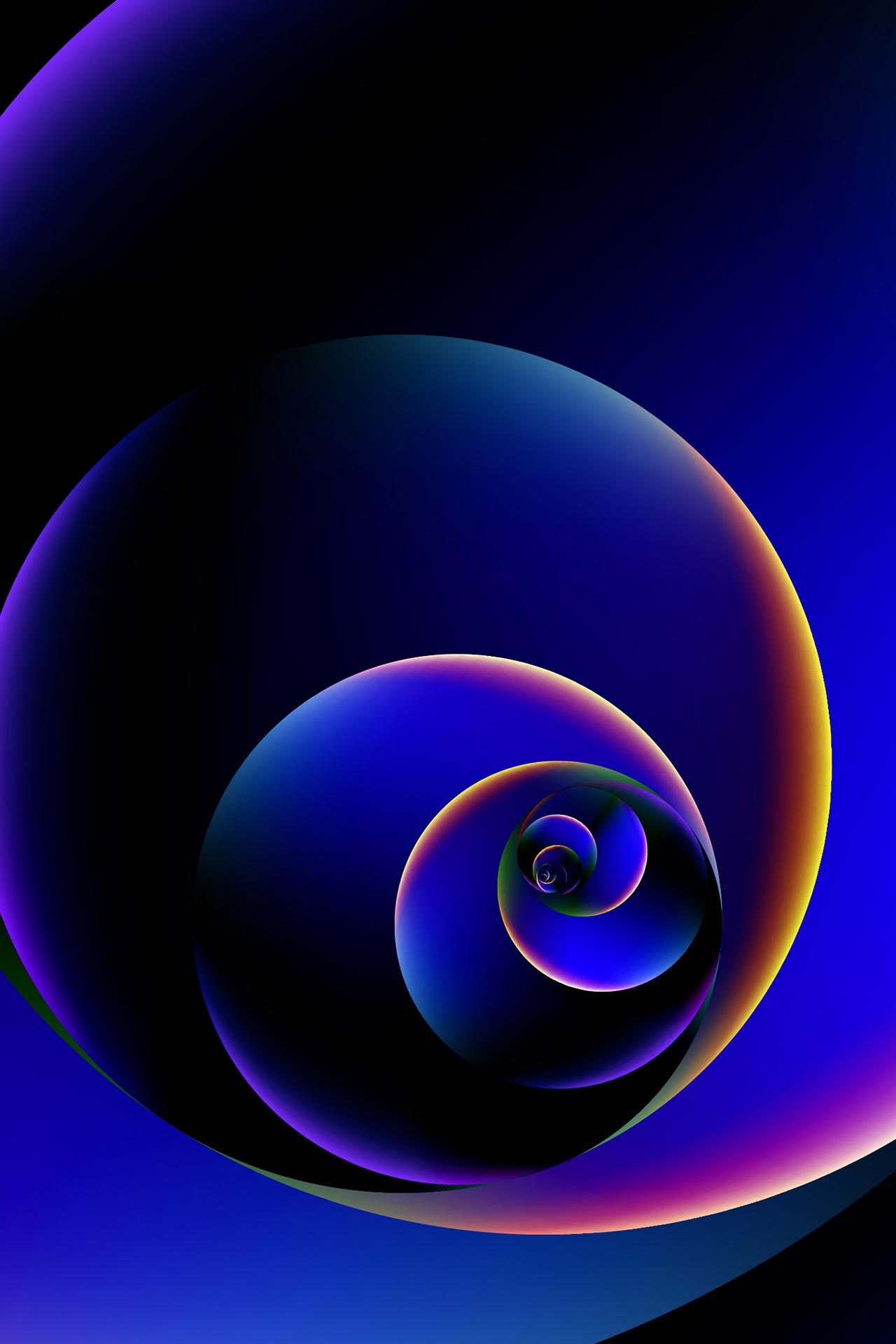
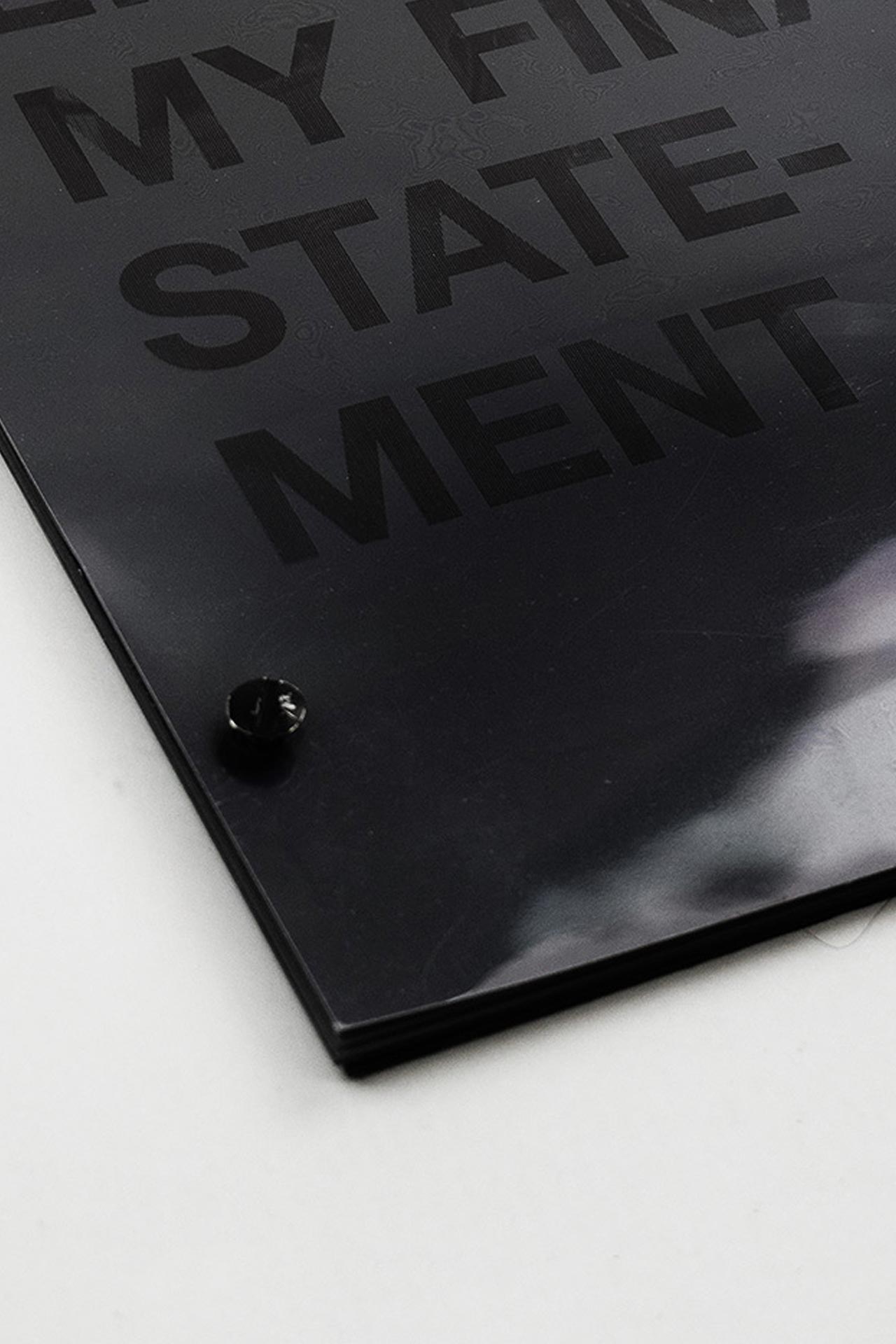

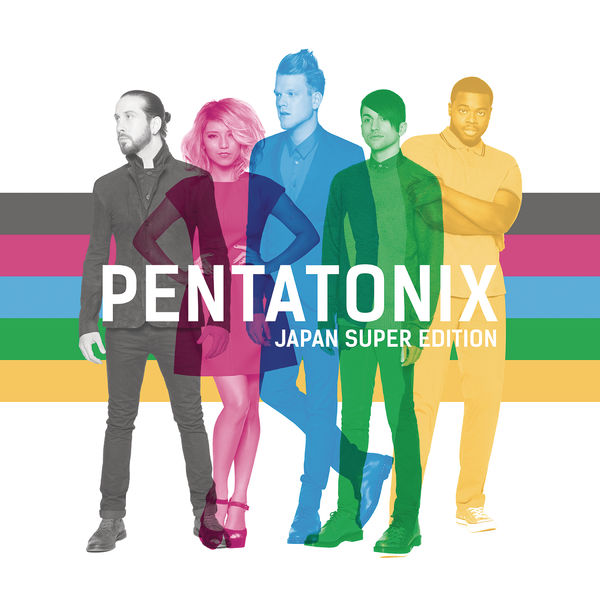
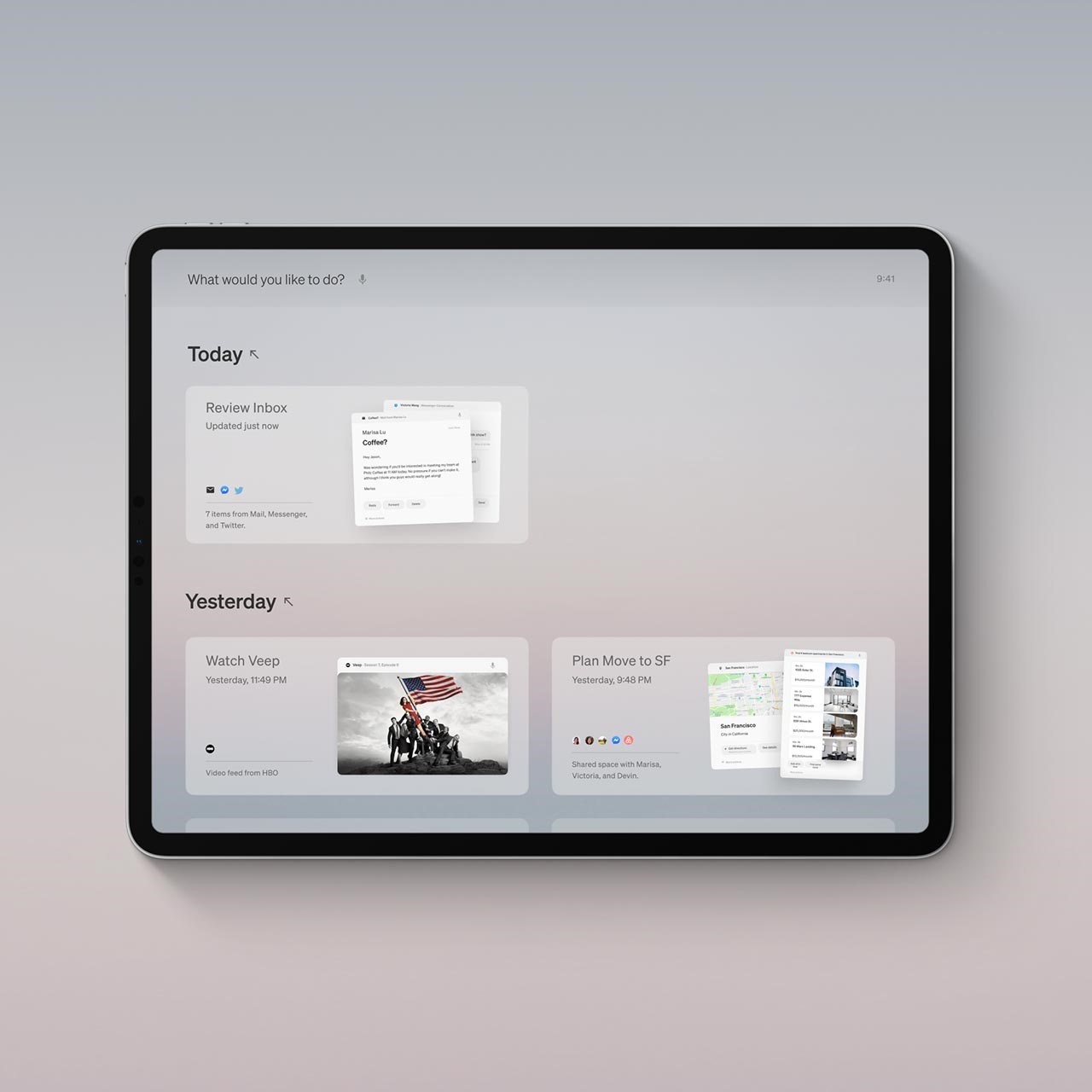
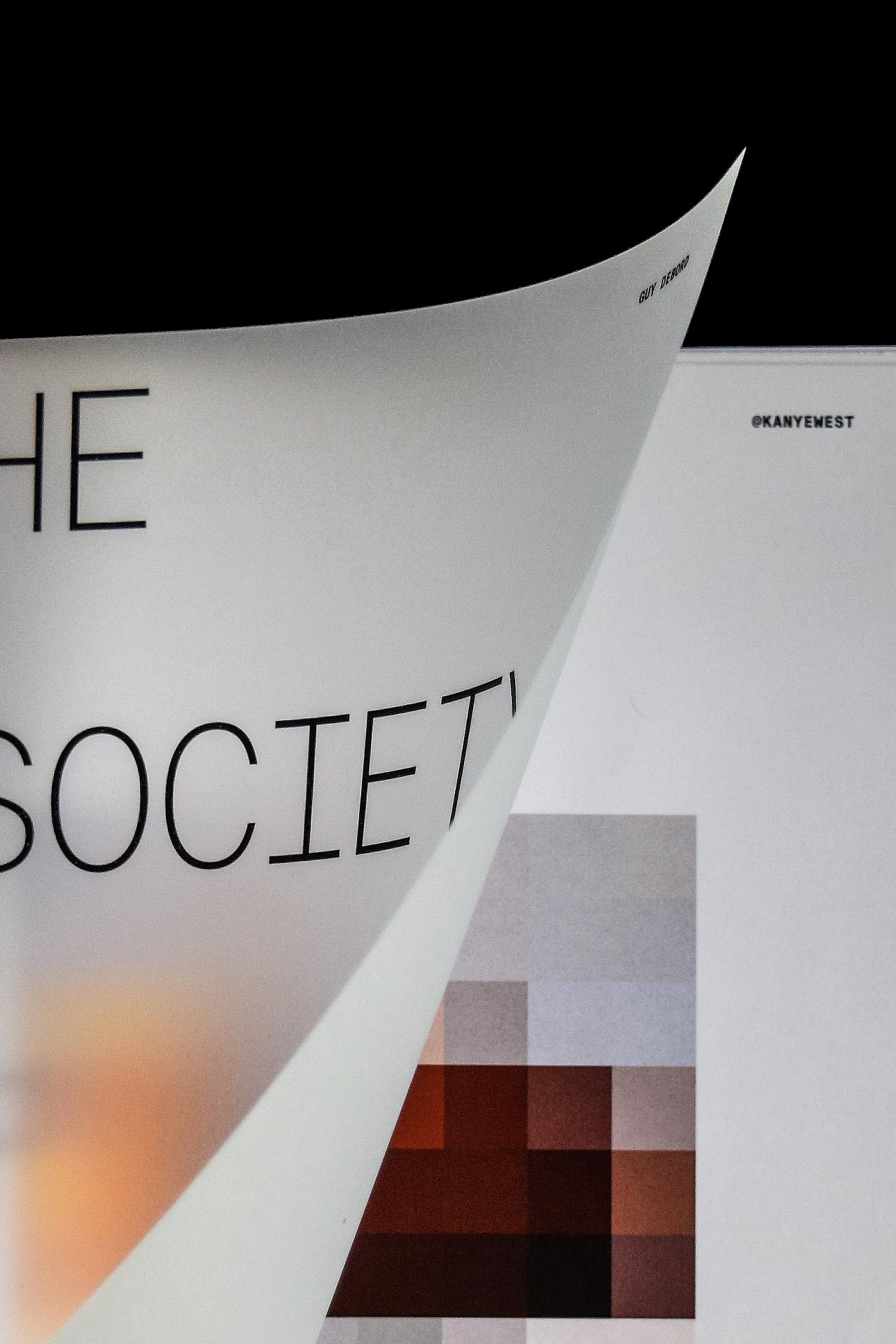

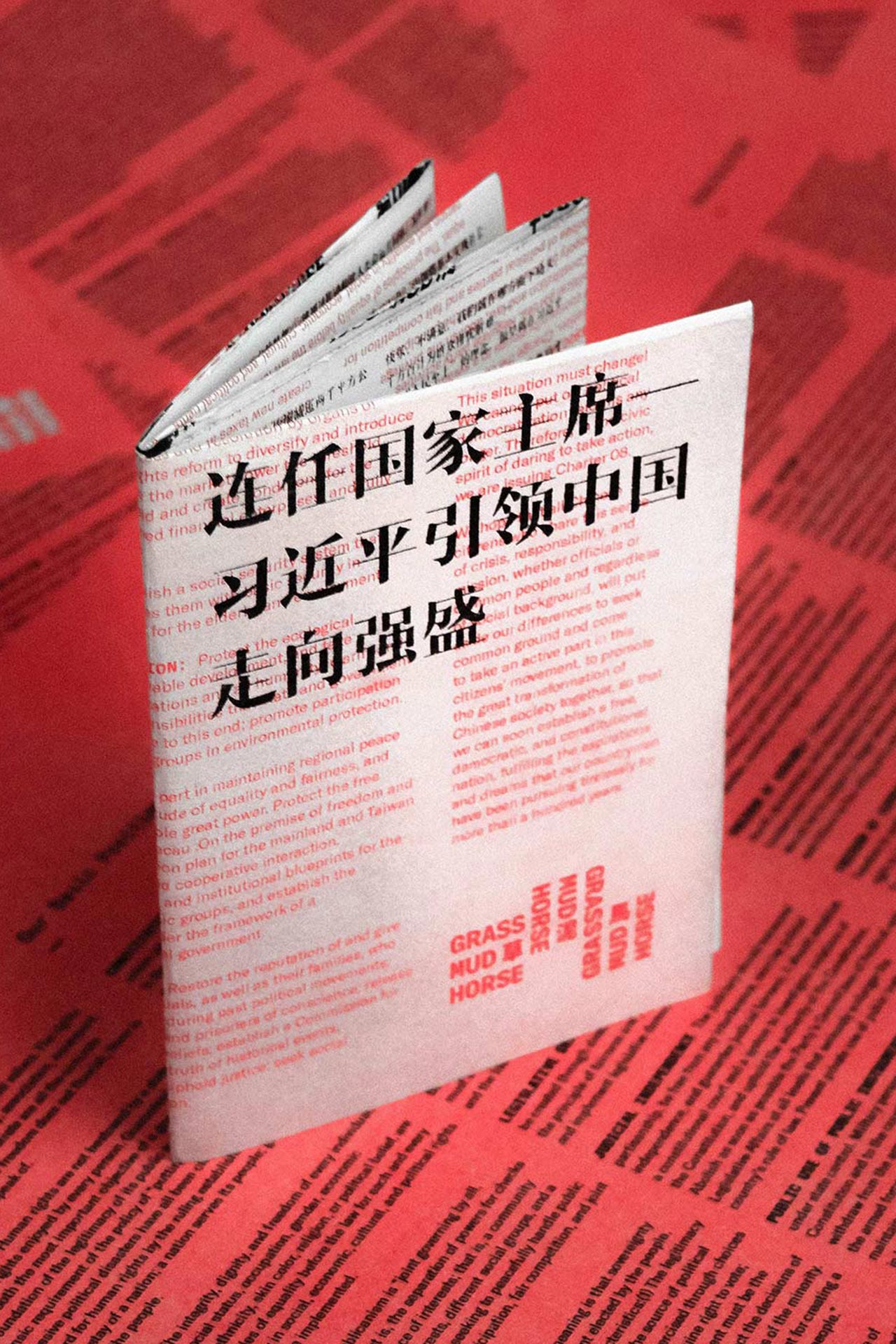
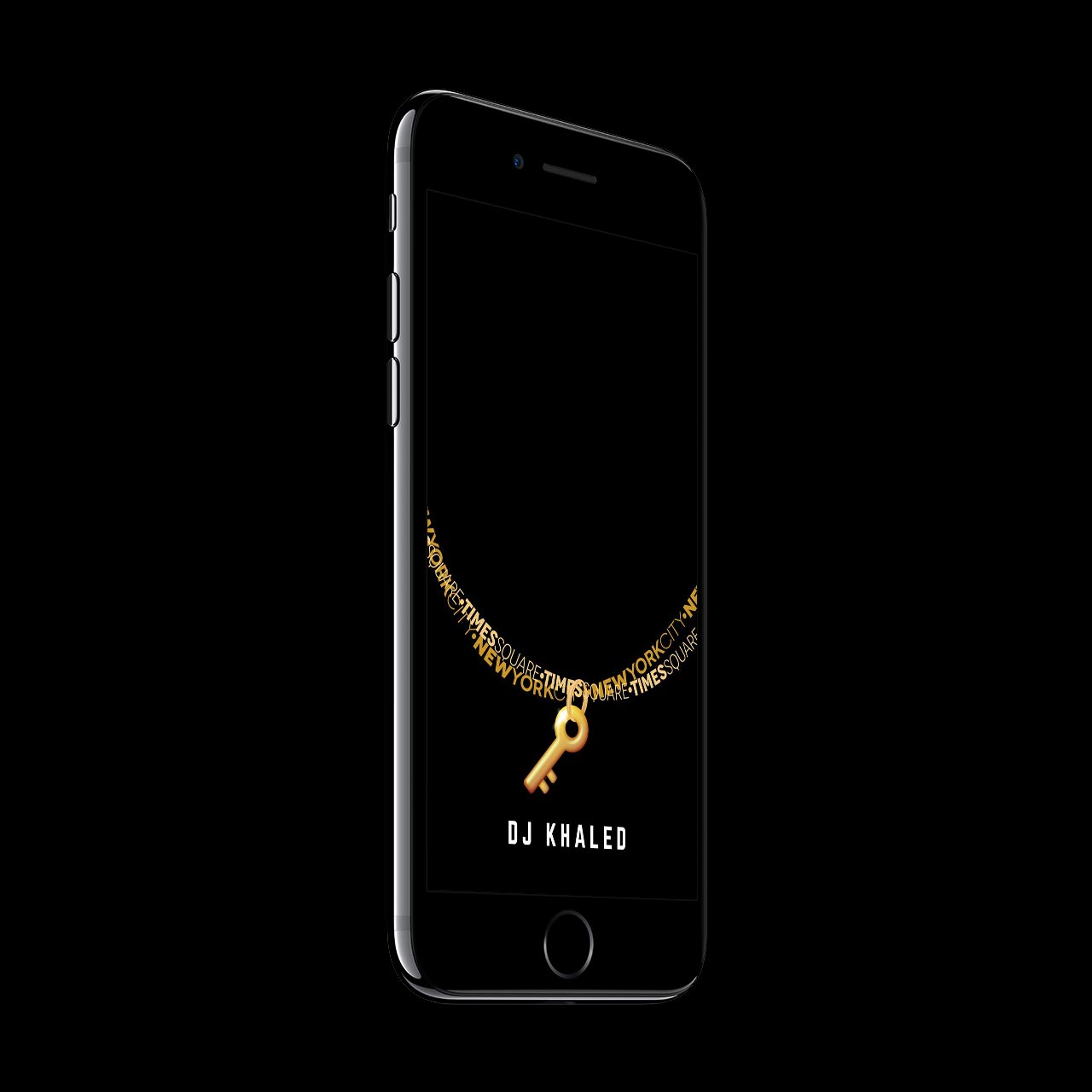


Book Design
I Have No Enemies
Screw-bound book containing Chinese activist Liu Xiaobo's Nobel acceptance speech printed on sheets of transparent acrylic. A statement on totalitarian censorship and a tribute to a personal hero.
Layered throughout are black bars covering phrases commonly censored by the Communist Party.
The text becomes increasingly difficult to decipher as the book nears its end.


Cinematic Typography
Nox
Nox is a short-film inspired by theatrical shadow play. Three-dimensional letterforms become "characters" that come alive in a dance of light and shadow.
The choreography of lights convey movement and mystery in a static landscape of letterforms.
The stark visual style enables moments of suspense, reminscent of film noir.


Print and Motion
Posters
A collection of posters designed throughout the years, in no particular order.


Book Design
The Society of the Spectacle (feat. Kanye West)
A hand-bound book juxtaposing Guy Debord's "The Society of the Spectacle" against Kanye West's infamous Tweets of April 2018 (arranged chronologically). I found Debord's depiction of modern society as one centered around manufactured spectacles instead of social authenticity to be eerily accurate in reflecting the impact of Twitter in 2018.
The book features pixelated color swatches based on iconic Kanye-related imagery. For example, the blob of orange occupying the cover was based on Kim Kardashian as she appeared in "Bound 2".
Debord's text is contained within a stringent series of columns, while tweets and images by Kanye show little regard for the the grid system created for Debord. Instead, they seem to explode across the pages in increasingly volatile ways as the narrative unfolds.
Hallmarks of contemporary "web aesthetics" such as pixelation, card-components, emojis, and drop shadows are applied to Kanye's tweets, juxtaposing the Swiss-style brutalism of the 1967 text.
The book reaches its climax as Kanye publishes his now infamous pro-Trump Twitter rants.
As the Twitter drama subsides, so does the chaos in these pages.
Permission to be taken seriously, granted.


UX Case Study
Apple Music
An unsolicited redesign completed over three months, focusing on overhauling the mobile user experience and visual branding based on qualitative user research. Originally published on Medium and featured on FastCoDesign, TheNextWeb, and Mic, amongst others.
View Case Study



Brand Identity
Count the Clock
Count the Clock Productions is a filmmakers' collective whose namesake comes from a phrase coined by Shakespeare long before clocks were invented. To celebrate their two year anniversary, Count the Clock reached out to me for a visual brand that was simultaneously forward-thinking and timeless.
The logo is made up of two elements: The Eye and The Wordmark. Together, they evoke ocular imagery while creating a sense of dimension, as if transporting the viewer through time.
The Frames are an additional element constructed from The Eye, taking the top and bottom row of “lashes” and merging them into a wave-like form. They represent not only the passing of time, but also filmstrips. Frames can be used to convey brand identity through a still image, such as a thumbnail.
I also created an animation to be used during film-credits.


Theatrical Type
Something Wicked
Three dimensional explorations of typography as environments based on two of Shakespeare's most sinister plays, 'Hamlet' and 'Macbeth'. I aimed to capture the spirit of each play through visual abstraction, choreography, and immersive sound.
Act One: Macbeth
Act Two: Hamlet


SPECULATIVE POLITICAL IDENTITY
Caonima Campaign
Popularized sometime in 2009, Caonima (草泥馬) is a meme that has since come to symbolize resistance against the government's censorship. Although its supposed literal meaning is a mysteriously elusive species of alpaca called the "grass mud horse," Caonima is mostly used because it's a close pun to profanity. Inspired by the humorous defiance of the online community, I created a visual identity system for the Caonima movement, beginning with a typographic wordmark.
THE WORDMARK
The wordmark combines Chinese and English type to ensure that the campaign will be accessible to speakers of either language. It was inspired by the aesthetics of the Cultural Revolution, and feels at home amongst both square-like East-Asian characters and fluid Roman alphabets.
Modular wordmark
TOUCHPOINT: CHARTER 8 ZINE/POSTER HYBRID
Charter 8 is a manifesto promoting the elimination of the CCP in favor of a democratic system. One of the authors, Liu Xiaobo, was sentenced to prison after its release. At first glance, this Risograph zine appears to be a pro-CCP manifesto; the Mandarin copy is a reprint of an article celebrating the extension of Xi Jinping's reign.
However, the English copy (printed in red) features the full version of Charter 8, and can only be read by unfolding the zine from a booklet into a poster.
Flipping the poster over will reveal a processed portrait of the chairman, designed and printed in a style reminscent of brick-wall typography.
It also comes in an alternative, English-only edition intended for distribution in the west.
TOUCHPOINT: REVERSE CENSORSHIP TAPE
Reverse-censorship Tape was concieved as a response to the CCP's blanket bans of sensitive phrases and free-speech websites. Grassroot activists can use the tape to "censor" pro-CCP propaganda, replacing cheesy catchphrases with playful profanity. It can also be used in demonstrations of protest and/or performance-art (See yours-truly below).
It can also be used to creatively distribute the poster-zine hybrids.
TOUCHPOINT: EXHIBITION
The materials above were designed as a cohesive collection, and can be assembled as part of an exhibition to convey an immersive in-person experience (see below).
TOUCHPOINT: WEBSITE
I designed the interactive website to deliver Charter 8 in a somewhat surreptitious manner despite the accessibility of the web. Deciphering its contents will prove to be as much of a nuisance as accessing banned websites in mainland China, limiting the chance for the link to spread into the wrong hands. Hopefully.
All of this is, of course, probably pointless. The government's parsing technology should be sophisticated enough to bypass a few curiously placed divs... right?


Concrete Poetry
Fear
“Fear” is a poem about a child's experience with domestic violence. To elevate the poem into a multi-sensory experience, I chose a mason jar and filled it with hair gel, a viscous substance that would maintain the shape of whatever is placed inside.
The text itself is printed on transparent acetate, separating individual lines of the poems.
This piece was inspired by a coping mechanism of appearing deceptively transparent when one is confronted with questions they are not yet ready to answer.
The user is free to interact with the jar and read a few lines from the exterior.
However, to see the full story, the user has to deal with the messiness of extracting the individual pieces of the poem—reflecting the difficulty of unpacking one's past.


Album Artwork
Treblemakers: Uncharted
To the Treblemakers (who, at the time, were preparing to debut their second LP), entering uncharted territory aroused a sense of mystery, excitement, and suspense. To reflect this experience visually, I drew inspiration from outer space and impossible geometry (shoutout to Monument Valley!) in creating an illustration of a Treble clef suspended in space time.
Fun-fact: this was the one of first designs I ever put out into the world (June 2015). Looking at my use of color, some things never change...


Album Artwork
Undertones: Spit It Out
For their 2017 LP, the Northwestern Undertones wanted something precise yet eccentric, elegance with a twist. Inspired by Fibonacci spirals, I animated an infinitely expanding portal and paired it with classic Swiss typography. A combination that is at once timeless and timely.
The looping animation was specifically created for online promotion on media streaming platforms.


Album Artwork
Pentatonix
Album artwork for Pentatonix's 2016 Japanese Exclusive release, designed with Annie Stoll at Sony Music.


Social Media Design
Sony Music: Summer Series
During my 2016 internship at Sony Music, I created Snapchat Geofilters accompanying a series of live performances in NYC to promote audience engagement and brand awareness. Taking on the challenge of reflecting each artists' individuality with a unified language, I created illustrations inspired by iconic music videos and moments that would be easily recognized by fans and newcomers alike.
LANCO, TIMES SQUARE
DJ KHALED, TIMES SQUARE
TOM ODELL, MADISON SQUARE PARK
RUTH B, MADISON SQUARE PARK


Visceral Typography
Maelstrom Sans Campaign
To promote the launch of Klim Type Foundry's Maelstrom Sans typeface, I created a series of 8 animations that brought individuals letterforms to life. Kris (Klim Type Foundry) and I aimed to capture a sense of visceral perversion without sacrificing the elegance of realistic movement.
"Its power is how it truly feels perverse, like Gray wrote years ago. The uneasy mix of heavy horizontals and spindly diagonals make it feel fragile, almost delicate — like it could splinter at any moment."
The campaign was released simultaneously on Instagram and Twitter to positive reviews. 好評発売中 indeed.
For more information on Maelstrom Sans, tap/click the image below to check out Klim's official website.


UX Design
Apple
During my internship with Apple's Marcom UX team, I worked with designers, art directors, and creative technologists on customer-facing experiences across Apple Store App, Apple.com, Today at Apple, and WeChat.
Email me



Speculative Operating System Design
Mercury OS
Mercury is a speculative reimagining of the operating system as a fluid experience driven by human intent.
Learn More



Kinetic Typography
The Future Mono 0.2
To promote the launch of Klim Type Foundry's The Future Mono 0.2 release, I created a series of kinetic typography animations.
I also collaborated with Kelli Anderson to translate one of the animations to RISO.
For more information on The Future Mono, tap/click the image below to check out FutureFonts' official website.